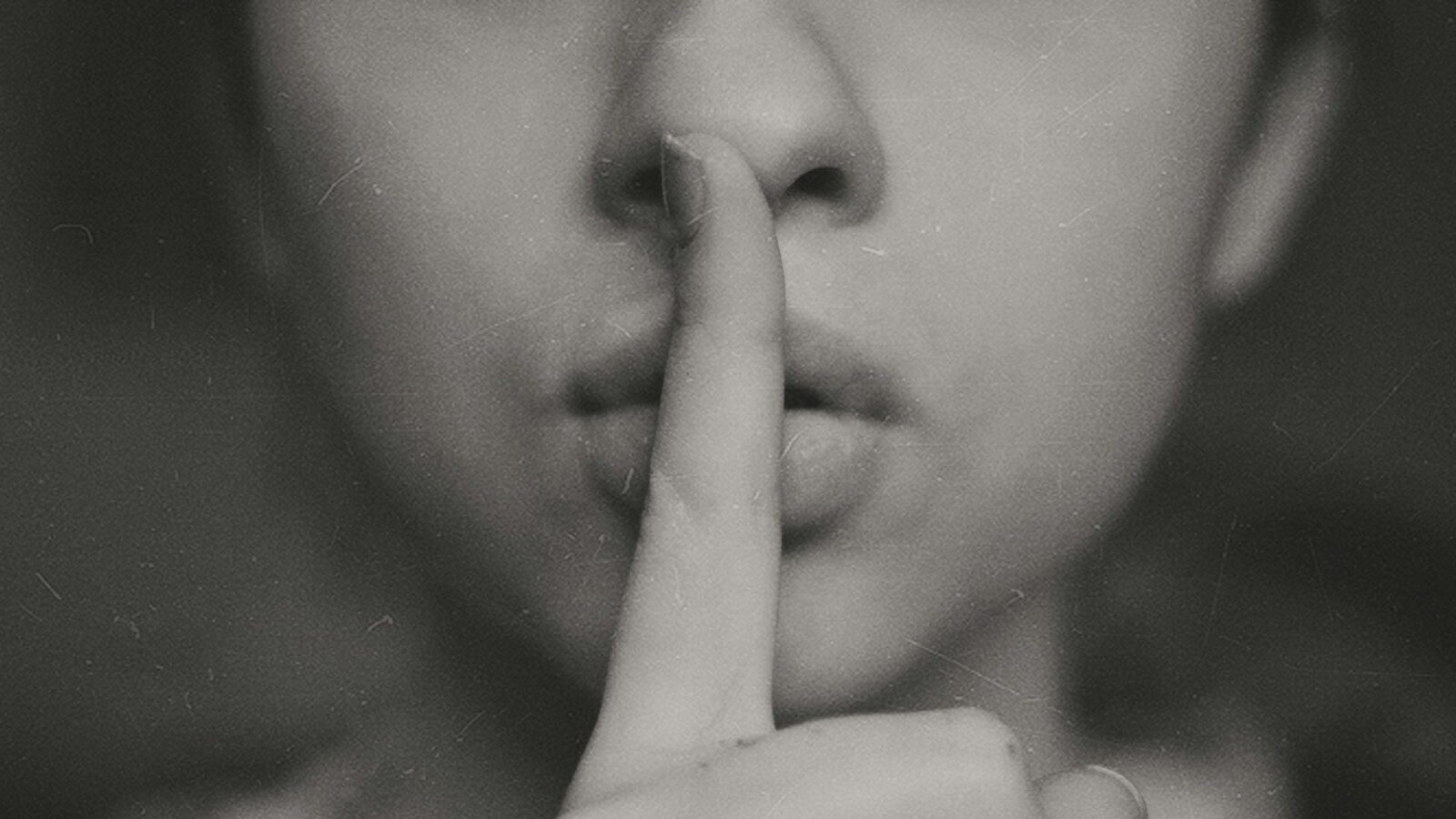
Despite reports of the death of “dress down” days, the business suit is increasingly unpopular – and now forms the basis of dress codes in fewer than half of the country’s offices, new research claims.
But employers are becoming increasingly strict about what is or is not acceptable – with half of employers setting dress guidelines for staff, according to an IRS survey of 85 HR departments.
Despite this, there remains confusion about what (not) to wear at work, with the status of denim, chinos and t-shirts hard fought over. The confusion was highlighted recently by HR Zone’s lively community debate about dress codes.
Key survey findings include:
British Airways London Eye, reported that it had dealt with more than 10 disciplinary cases concerning dress codes in the past year. The company’s extensive dress policy, set out in a glossy A5 booklet, details not just what items of uniform staff should wear, but how they should wear them, and even how they should clean them. The company regards its dress and appearance code as an important part of its brand image, and even lays down rules on dental hygiene, personal grooming and make-up.








